Uncategorized
PORTRAITS OF BRITISH MONARCHS
The history of portraits of British monarchs is very long and interesting. Let us discover the most notable examples together.
The story of portraits of British monarchs painted by important and even by great painters begins with the King Henry VIII portrait by Hans Holbein; and in fact Holbein painted his royal master several times, always with the king looking straight at the spectator in a challenging and potentially confrontational manner, with thumbs hooked over belt and legs apart; such was his brash personality.
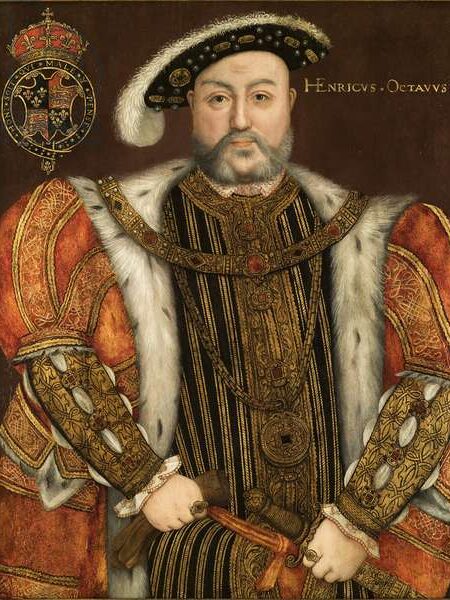
He is always bedecked in his finest raiments and wears an equally confrontational codpiece (a protuberance from the breeches which allows for phallic erections); indeed the King Henry VIII portrait is clearly a statement of power, potency and prestige, and we shall see how far the styles of portraiture will change in the following centuries, culminating with the portrait of Queen Elizabeth II.
Next in our account of famous portraits of kings and queens, we come to the Queen Elizabeth I portrait, the famous ‘Darnley Portrait’, named for one of its previous owners, and in fact she was painted by many artists, most notably by the great miniaturist Nicholas Hilliard.
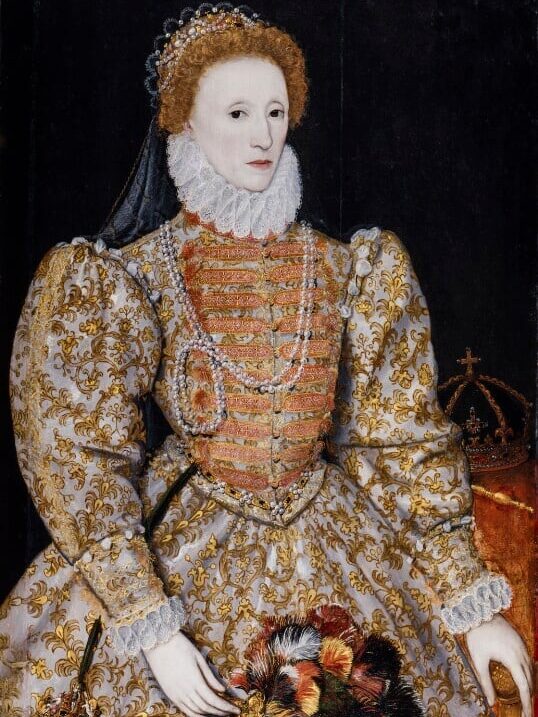
The Queen Mary of Scots portrait, meanwhile, was painted by the great French painter François Clouet, and it is fair to say that portraiture was important to these Tudor monarchs as a means of propaganda, and I invite the reader to compare them to the more intimate and sentimental style of the Queen Victoria portrait , painted in the bourgeois age which was named after her.
In short, the Mary Queen of Scots portrait makes one think of dynastic protocol and courtly restraint whilst the Queen Victoria portrait is imbued with human warmth and a sense of immediacy.
In the annals of famous portraits of kings must be mentioned the King Charles I portrait by Sir Anthony van Dyck in which the Flemish painter shows the monarch on horseback, and in fact van Dyck painted his art-loving royal patron many times; indeed, most unusual amongst king portraits is his triple portrait of Charles in which we see his left profile, his right profile, and his frontally-observed face, all on the same canvas.
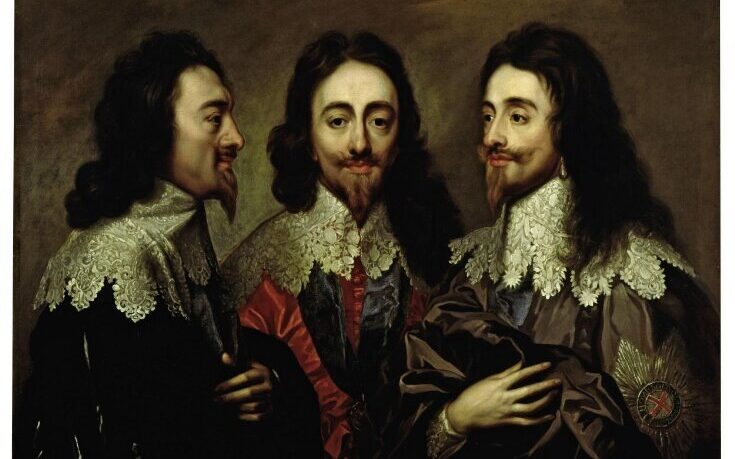
As much as the King Henry VIII portrait and the Queen Elizabeth I portrait are typical in their hierarchic formality of the Renaissance of the sixteenth-century, so the King Charles I portrait is typical of the baroque style of the seventeenth-century in its spontaneity and its intimations of dynamic movement.
To return specifically to king portraits, the King Charles II portrait by Sir Peter Lely in which, in keeping with the taste of the day, he appears bewigged and wearing the garb of a French king.
Portraits of British monarchs continued, in the eighteenth-century, to be painted in ‘the grand style’; a number of splendid king portraits were painted of the four kings who were all called George; George IV, for example, was painted by Sir Thomas Lawrence.
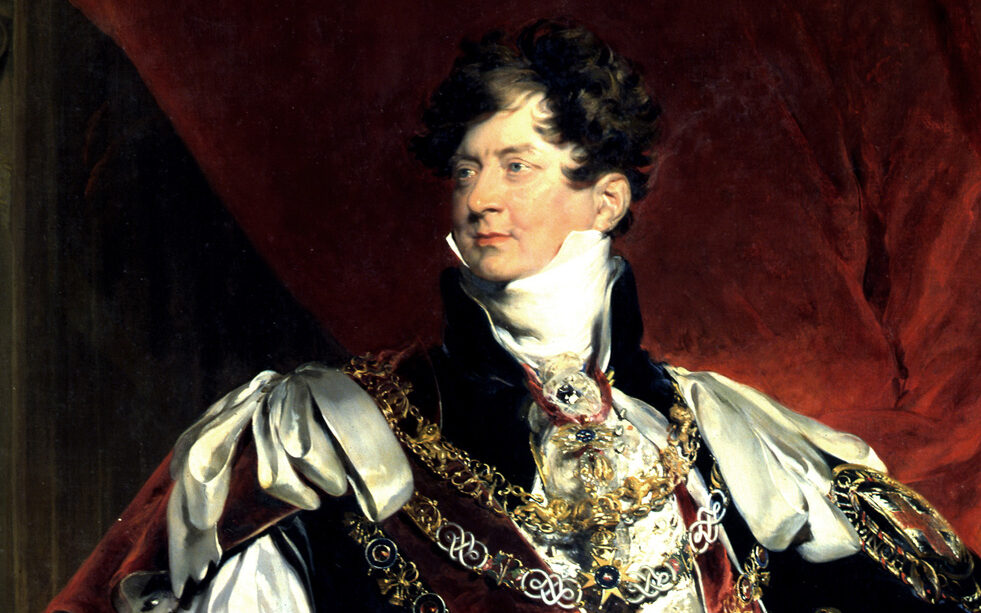
And now we come to the portrait of Prince Albert, consort of Queen Victoria, painted by Franz Winterhalter, and portrayed very much as the good, dutiful prince. Winterhalter also painted a celebrated group portrait of the Royal Family, and the Queen Victoria portrait too was painted by him.
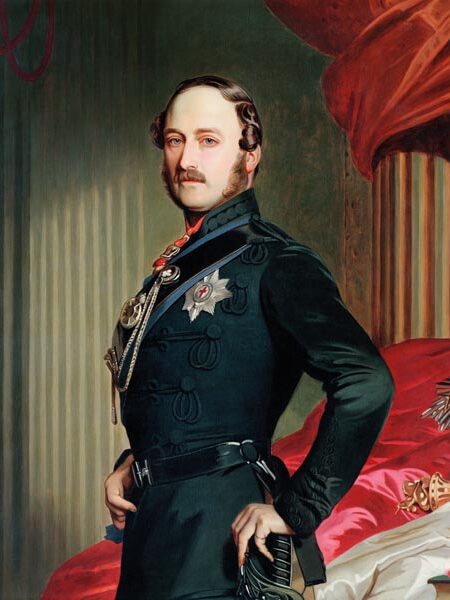
Finally, mention must be made of the Queen Elizabeth II portrait, painted by Pietro Annigoni, a romantic depiction of the beloved monarch wearing a dark cape and set against a landscape.
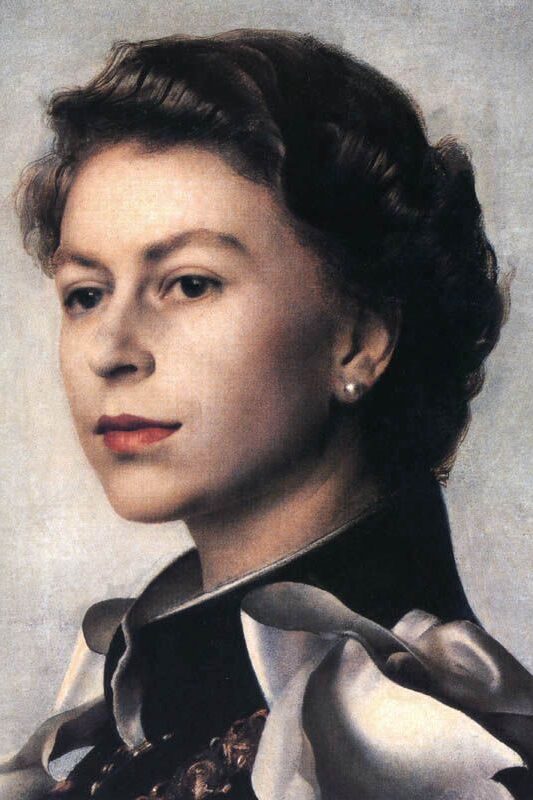
When we look at this portrait of Queen Elizabeth II, in our sweeping survey of famous portraits of kings and queens, and compare it to the Queen Elizabeth I portrait of four centuries earlier, we see how styles have changed, from the more hierarchical to the more human.
